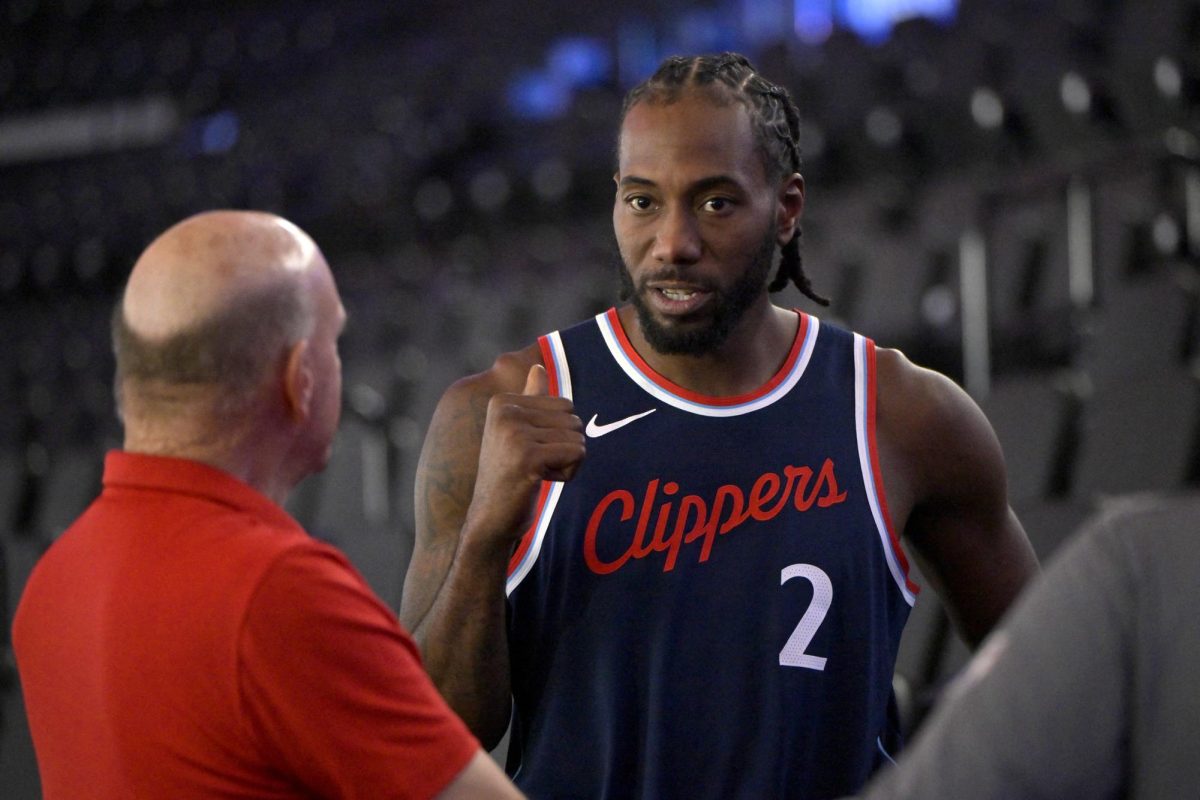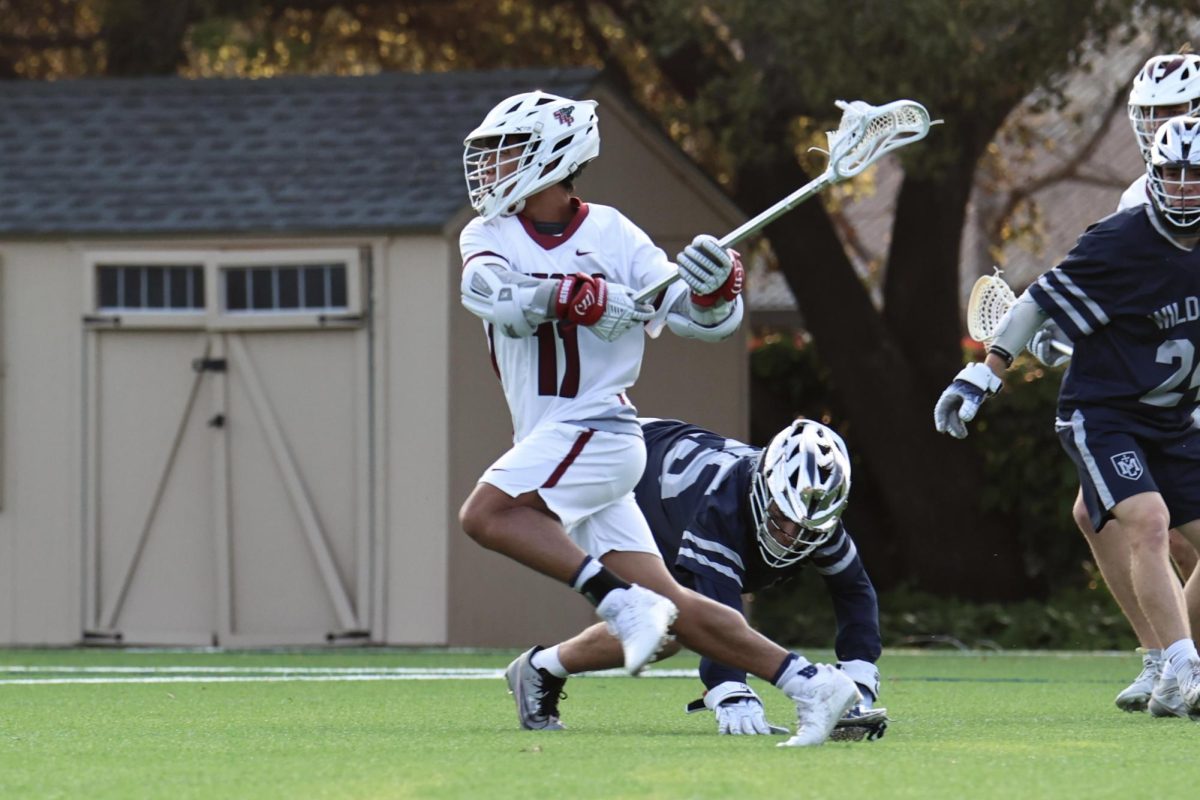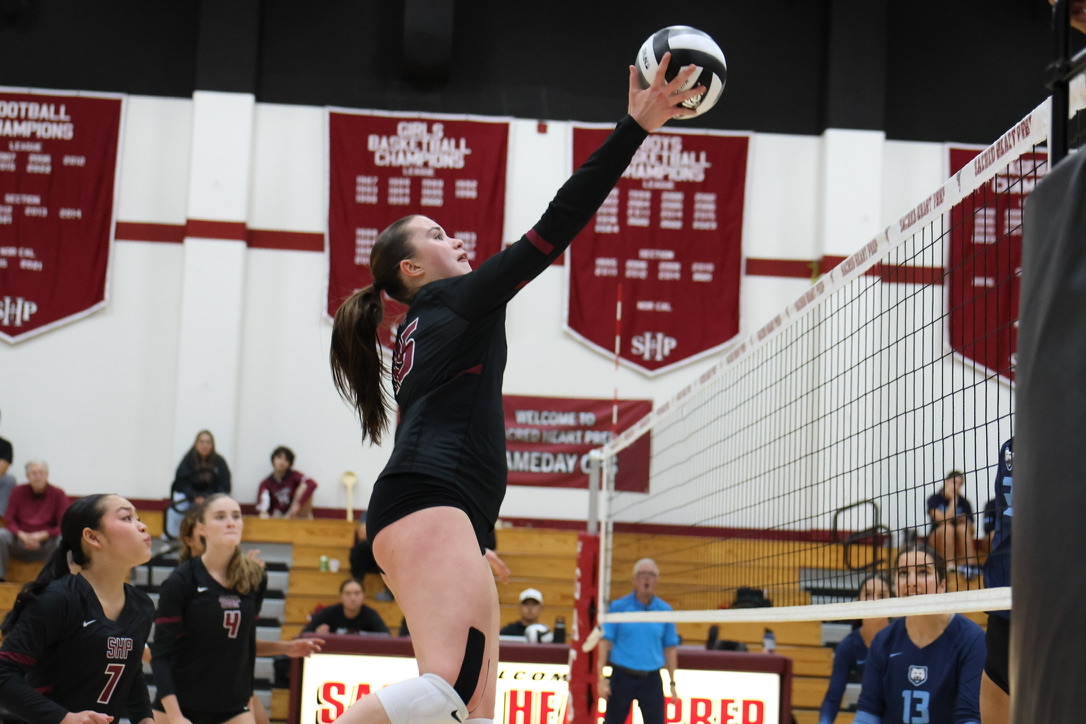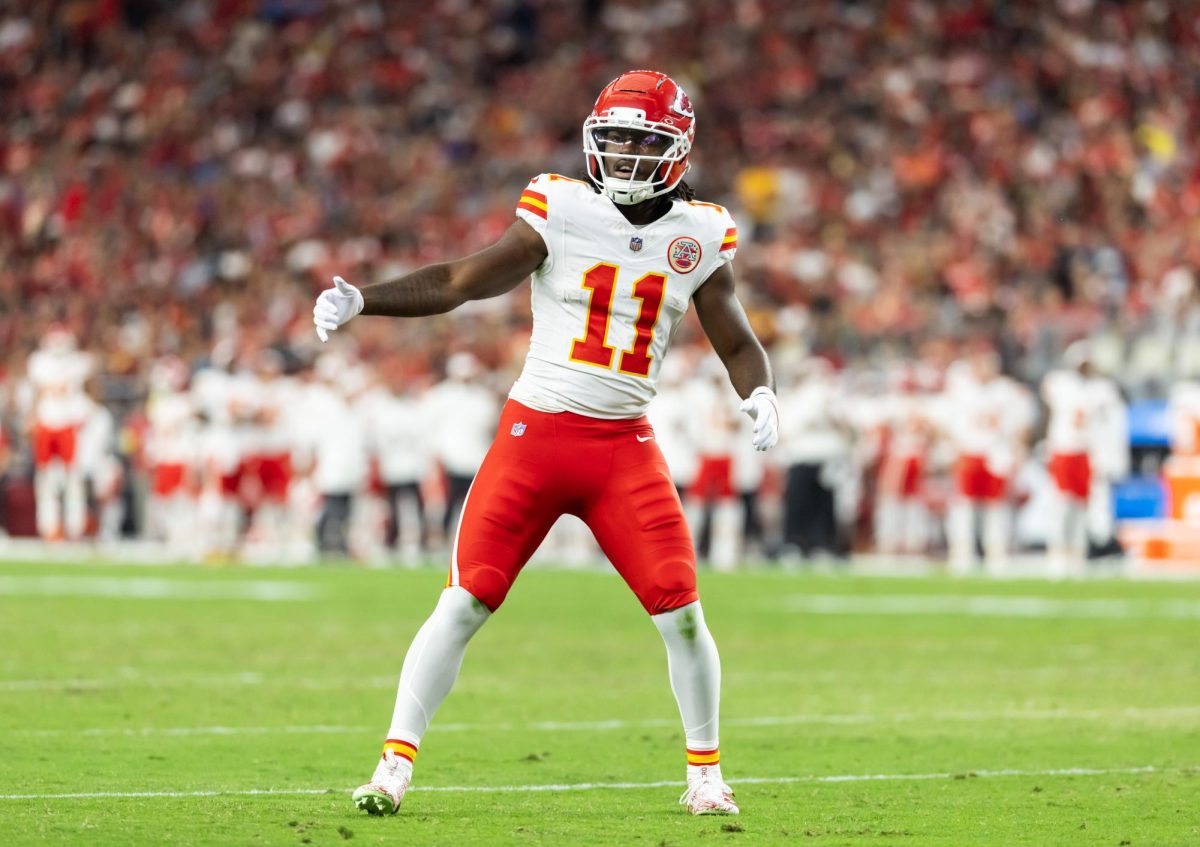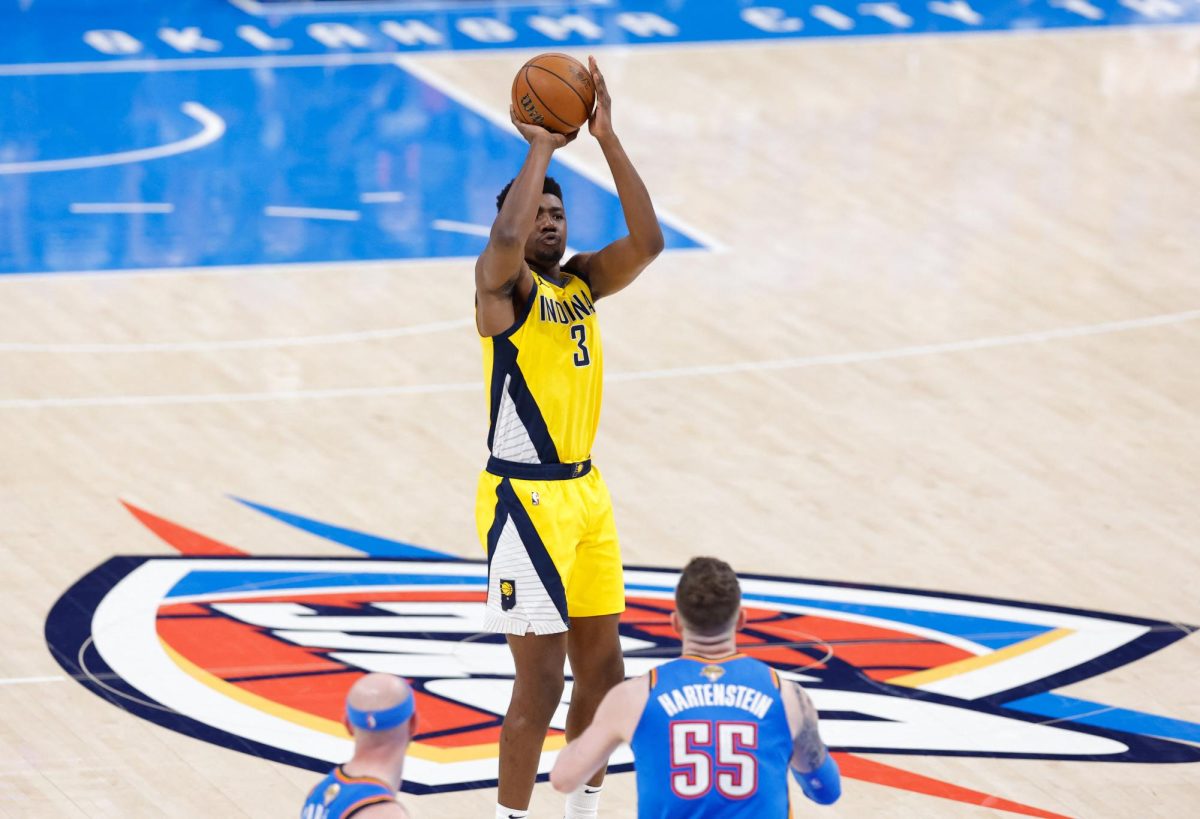The controversy surrounding Kawhi Leonard and the Los Angeles Clippers is not just about one player’s contract; it could decide the future of how NBA teams pay their most-watched stars. Reports surfaced in September, after former ESPN journalist Pablo Torre alleged that Leonard had a 28 million dollar “no-show” deal with Aspiration, a now-defunct sustainability company. Clippers owner and former Microsoft CEO Steve Ballmer had invested 50 million dollars into the company, raising questions about whether this deal was a way for the team to pay extra money to Leonard, without violating his maximum salary cap. According to ESPN, in 2021, Leonard signed a four-year, 176.3 million dollar contract, receiving an annual salary of 58 million dollars. The annual salary cap at the time was 112.4 million dollars. The NBA has launched an investigation into these allegations, with Leonard and the Clippers denying any wrongdoing. If the NBA rules that this deal is acceptable, it could set a precedent for other teams to use third-party organizations to circumvent the salary cap. Wealthy owners could use these to attract more superstars, weakening smaller market teams. Alternatively, if the league decides to levy a harsh punishment, the case could mirror the Joe Smith scandal of 2000, where the Minnesota Timberwolves were punished for a similar under-the-table agreement with Smith. The team was fined 3.5 million dollars, forfeited five draft picks, Smith’s contract was voided, and the team’s owner and other executives were suspended from the league for a year. This is not just about Leonard’s reputation, but a defining moment for the league. How league officials respond will shape whether the salary cap keeps the league fair or allows wealthy teams to acquire as many stars as possible.


